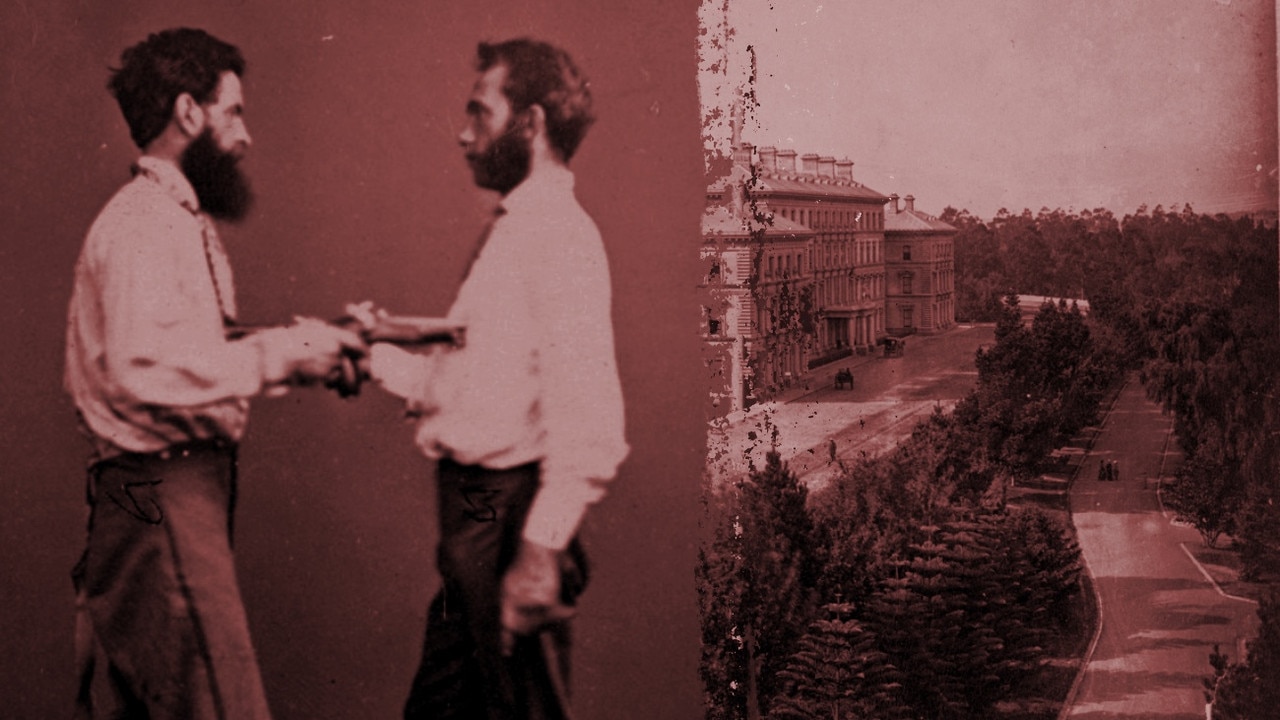Wake up and smell the beans: A look back at Melbourne’s coffee history
WE’RE totally obsessed with coffee in Melbourne. The city’s had a 130 year love affair with the glorious brown liquid and it’s only getting stronger. Take a look at how it all began in the 1880s.
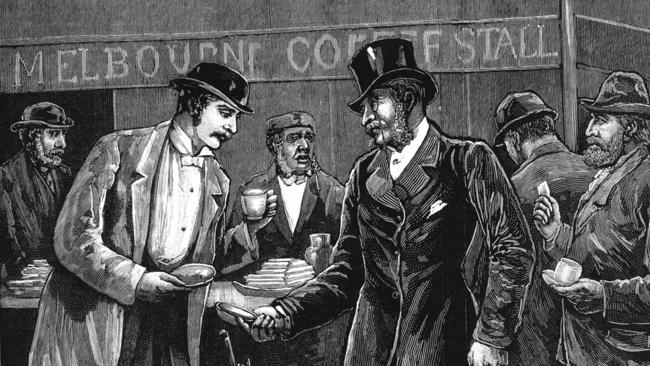
Melbourne
Don't miss out on the headlines from Melbourne . Followed categories will be added to My News.
IN Melbourne, coffee is king.
We slurp it in all its forms, from flat white to cold drip — we’re obsessed and we can’t seem to get enough.
But how exactly did the city become so enamoured with coffee, and what are its origins in the world’s most liveable city?
The answer lies in the 1880s, when dapper gents and preened, perfumed ladies sipped coffee in coffee palaces — which were the pubs of their day — as the city turned its back on the harmful effects of booze.
And then the first espresso arrived in the 1930s and signalled coffee’s meteoric rise to fame.
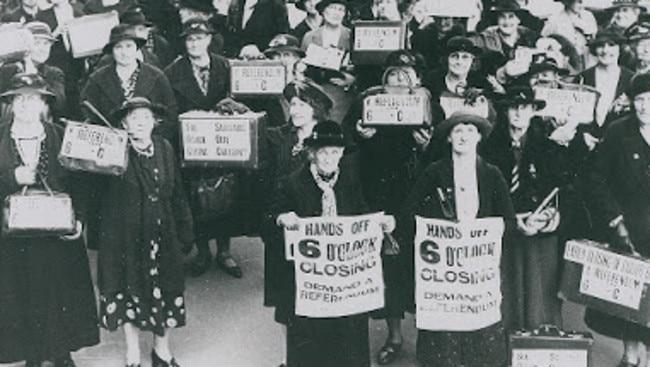
Alcohol was becoming a problem in Melbourne in the 1880s, and many people were sick of drunken louts and their anti-social behaviour on the city’s streets.
A temperance movement began to build steam and various groups (mainly Christian women) started campaigning to stop the city boozing.
The movement shook its finger at Melbourne and warned the public of the dangers of alcohol; and it was instrumental in introducing the six o’clock closing for pubs and the development of dry suburbs.
All hail the fun police.
One of the effects of the temperance movement was the introduction of grand coffee palaces that offered gorgeous surroundings, hotel rooms and socialising — all without the alcohol.
BEST PLACES FOR DOUGHNUTS IN MELBOURNE
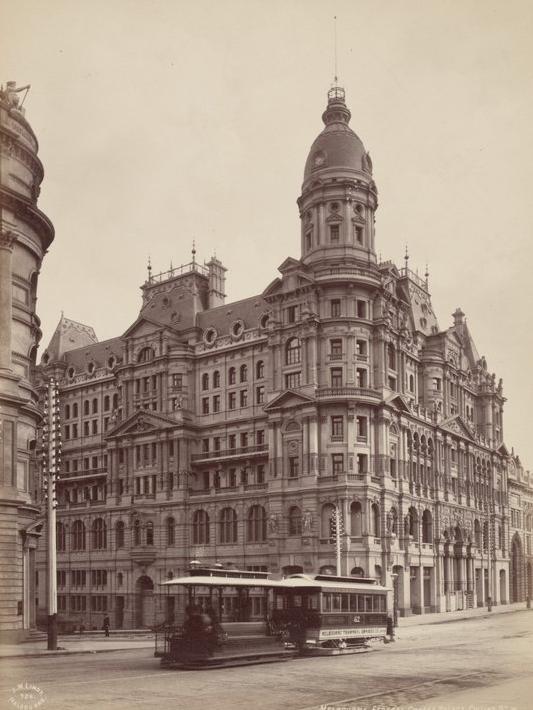
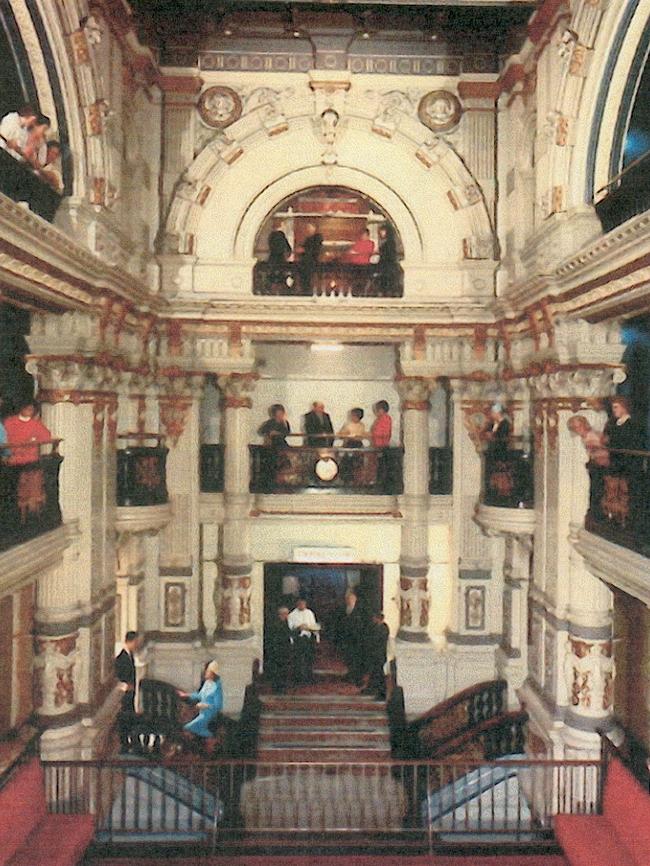
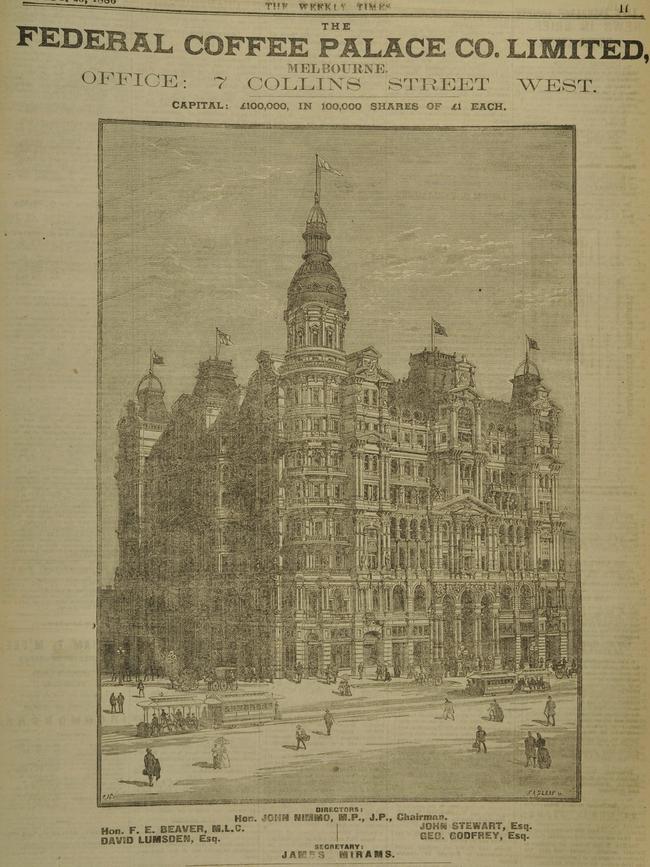
During the 1880s, coffee palaces were springing up all over Melbourne and there was more than 50 by 1888 — becoming a popular place to sit and discuss the news of the day.
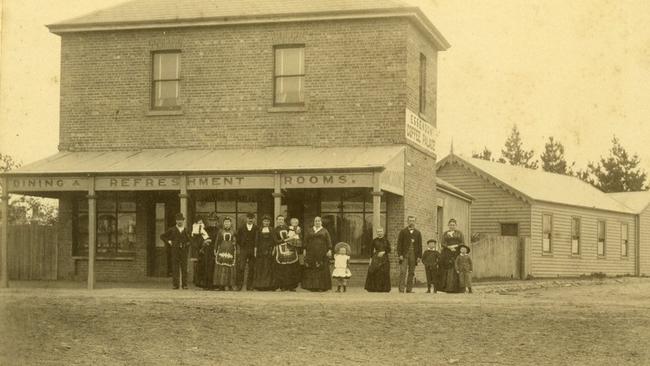
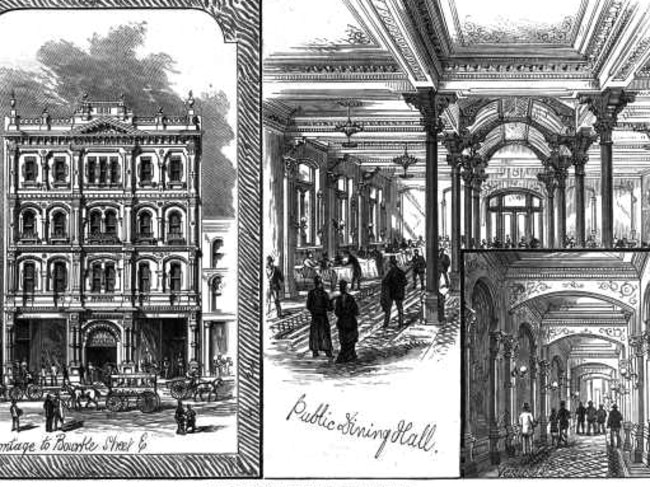
One of the most famous in the city was the Grand Coffee Palace, which is now the Windsor Hotel. It was initially built as a hotel, called The Grand Hotel, but it was purchased by the Grand Coffee Palace Co. Ltd and converted into a temperance establishment.
James Munro, the managing director, ceremoniously burnt the hotel’s liquor licence at the Grand Coffee Palace’s opening, symbolically putting an end to the debauchery of alcohol.
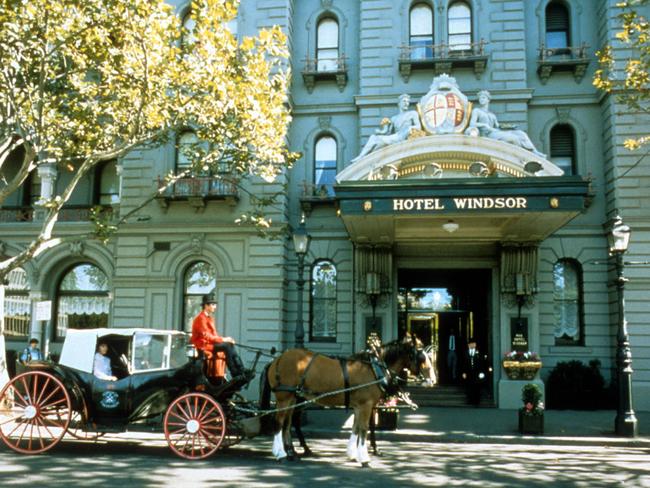
In 1891, a spectacular financial crash brought the economic boom to an abrupt end and coffee palaces were hit hard, with most applying for liquor licences by 1897 to supplement their dwindling income.
Booze was back — but Melbourne had developed a taste for coffee.
Melbourne only had percolated coffee until the 1930s — and tea was by far the preferred drink — until the almighty espresso landed in Melbourne.

Espresso was invented in 1901 by Luigi Bezzera in Milan, and an early espresso machine found its way to Melbourne by the 1930s at Cafe Florentino on Bourke Street.
Espresso could only be found in restaurants and a few Italian grocery stores, and it wasn’t until the 1950s that people started to enjoy the hallowed brew at large.

In 1953, Melburnians Henry Cyril Bancroft and his son Peter visited London’s first espresso bar and secured the manufacturing rights to Gaggia espresso machines.
They opened Il Capuccino in St Kilda the following year and the demand for the machines grew, soon purchased by the University Café in Lygon Street and Pellegrini’s in Bourke Street.
Post-war migrants went on to populate the inner city suburbs of such as Collingwood and Fitzroy after World War II and a European cafe culture began.
RAINBOW COFFEE THE LATEST IN LATTE ART
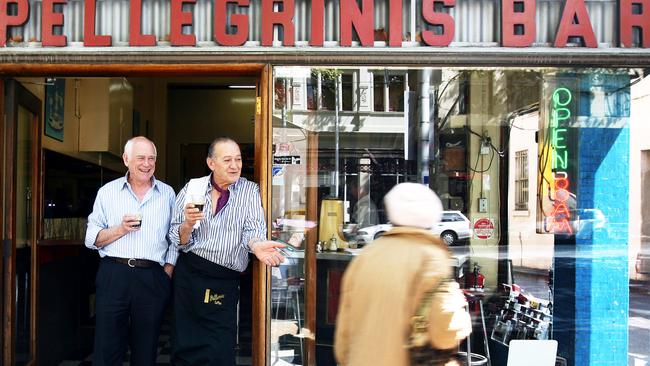
Older-style teahouses were soon converted into coffee lounges and the vogue for espresso spread from the traditionally migrant suburbs to milk bars and suburban shopping centres.
In the 1960s, espresso bars were looked upon suspiciously as centres for gambling and illicit activities, but they provided a bustling meeting place for migrants.
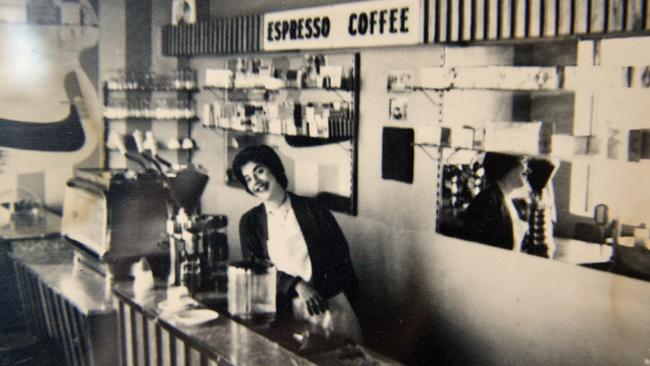
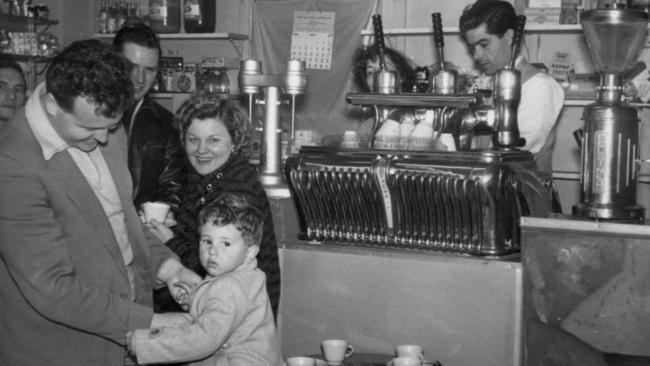

By the 1970s there was a bustling coffee culture in Melbourne which continued to gain ground right through the 80s and 90s.
Dining out became more relaxed in the 90s and the city’s laneways filled with cafes and casual dining restaurants — where people sat and smoked while they enjoyed their espresso.
The coffee chains from America soon caught on to our love of coffee and started infiltrating the city, but we sent them packing with their sub-par coffee that was absolutely no match to the excellent brews to which Melbourne had become accustomed.
In 2008, Starbucks closed seventy per cent of its stores in Melbourne, going from 22 stores to just 5 — proving that we won’t drink just any old coffee.
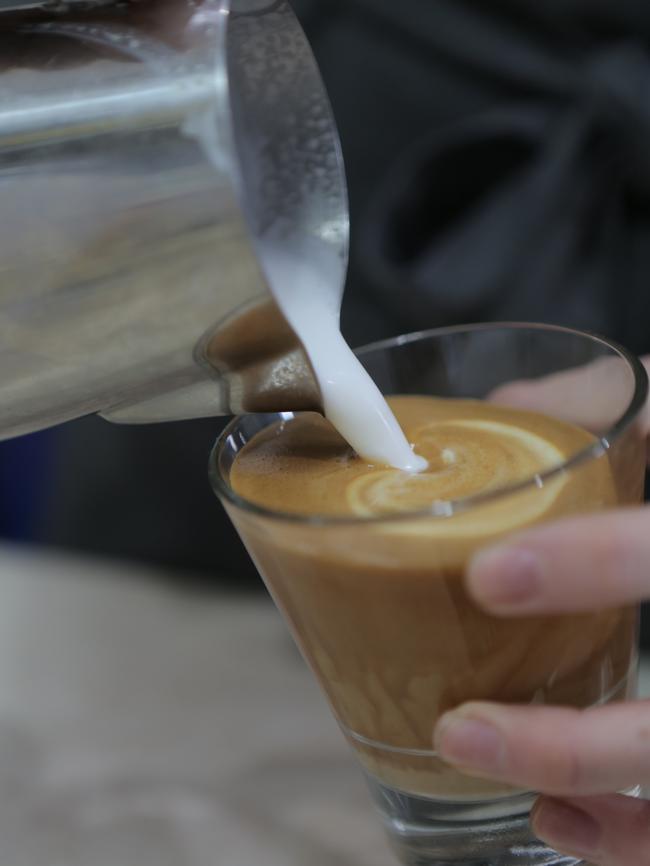

Fast forward to today and Melbourne’s coffee culture is an utter obsession. Long gone are the days of a simple latte — it’s now a single-origin roast, almond milk latte or a deconstructed coffee served in science beakers. A world our coffee swilling ancestors could never have imagined.

